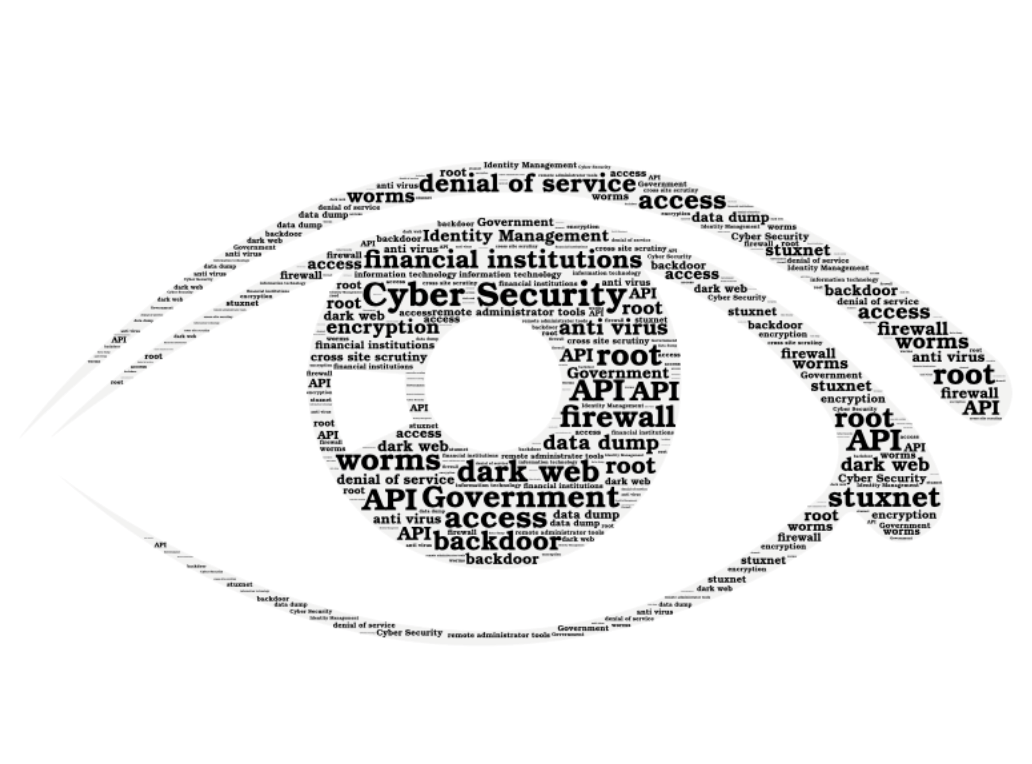Electricity Infrastructure Risk: Understanding cyber threats
Like most businesses, the energy sector relies on digital technology to help be more efficient, reduce costs and deliver better services. Yet there is often a hidden down side to this reliance on technology - the vulnerability to cyberattacks.
For the energy sector, cybercrime can have a greater impact than many other industries. Cyber-terrorism can cause sustained outages which disrupt energy supply to customers, take assets offline and temporarily damage infrastructure.
When the Ukraine power grid was attacked at the end of 2015 hackers managed to take 30 substations offline, affecting 230,000 consumers, blocking telephone networks and reprogramming 16 critical devices before operators could regain control.
Such attackers take a calculated approach and their actions are carefully planned and synchronised, using a combination of social engineering and technical skills. Social engineering skills are used by attackers to manipulate people into revealing sensitive information, and technical skills are used to exploit vulnerabilities in software and hardware systems. Cybercriminals are becoming more sophisticated and their attacks are getting harder to detect and contain. But business and industry can be prepared, and keep themselves protected from such threats.
Find out more & download the white paper:
